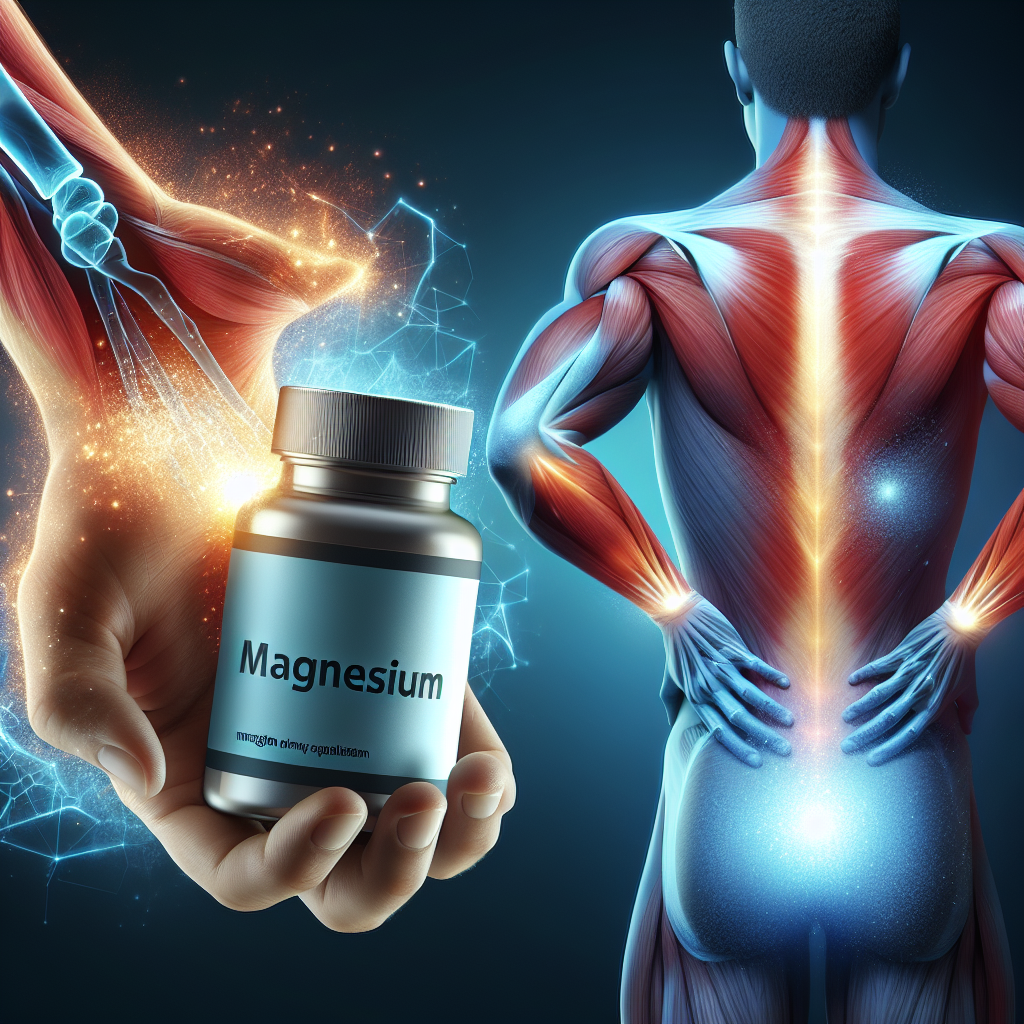Short answer: Magnesium can help if your muscle pain is due to cramps or a magnesium deficiency, but evidence for general muscle soreness or chronic myofascial pain is mixed. It’s usually safe at modest doses and worth a short trial if you don’t have kidney disease.
What the evidence says
– Nocturnal leg cramps: Mixed. Cochrane reviews show little benefit overall, but some benefit in pregnancy-related leg cramps.
– Exercise-related soreness (DOMS) or general muscle pain: Evidence is limited/inconclusive.
– Clear benefit when deficient: Correcting low magnesium often reduces cramps and twitching.
Who might benefit most
– People with risk factors for low magnesium: diuretics, PPIs (long-term), alcoholism, poorly controlled diabetes, GI disorders, low dietary intake.
– Pregnancy leg cramps (talk to your OB first).
How to try it
– Form: Magnesium glycinate (gentle on stomach) or citrate (better absorbed but more laxative). Avoid oxide if you’ve had poor results; it’s less well absorbed.

– Dose: 200–300 mg elemental magnesium once daily with food, or split twice daily. You can go up to 350 mg/day from supplements (the general upper limit for over-the-counter use). Some people use 400 mg/day short term under clinician guidance.
– Trial duration: 4–6 weeks. Continue only if you notice benefit.
– Timing: Evening dosing can help if cramps occur at night.
– Topicals: “Magnesium oil” or Epsom salt baths feel soothing for some, but transdermal absorption evidence is weak. Safe to try; warm baths may help regardless.
Safety, interactions, and when to avoid
– Common side effects: Loose stools, cramping, nausea. Lower the dose or switch to glycinate if this happens.
– Avoid or use only with medical advice if: significant kidney disease, heart block, myasthenia gravis, or you’re on dialysis.
– Drug interactions: Separate magnesium by 2–4 hours from levothyroxine, tetracycline/quinolone antibiotics, and oral bisphosphonates (magnesium binds them and reduces absorption).
– Signs of too much magnesium (rare with normal kidneys): flushing, nausea, low blood pressure, lethargy—stop and seek care if concerning.

Other steps for muscle pain/cramps
– Hydration and electrolytes (potassium, calcium), regular stretching, heat, massage.
– Review meds that can cause cramps/pain (e.g., diuretics, statins).
– Consider labs if cramps are frequent/persistent: magnesium, calcium, potassium, vitamin D, thyroid tests, kidney function.
If you’d like, tell me:
– Is it cramps, spasms, or constant soreness? Where and how long has it been going on?
– Any medical conditions (especially kidney disease), pregnancy, or current meds?
– Triggers (nighttime, after exercise) and what you’ve tried so far.
I can then suggest a more tailored plan and dose.